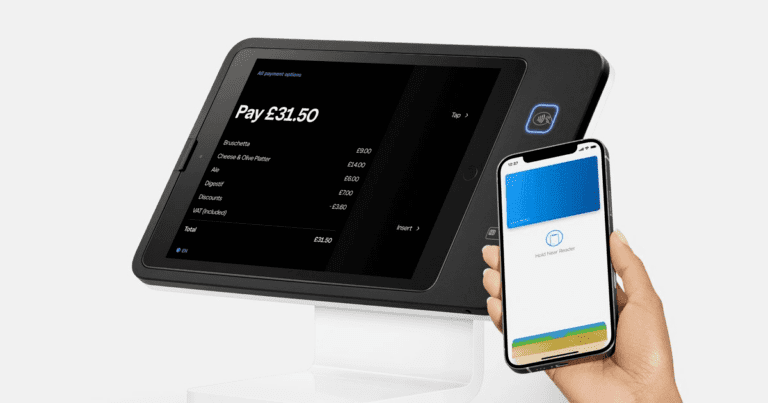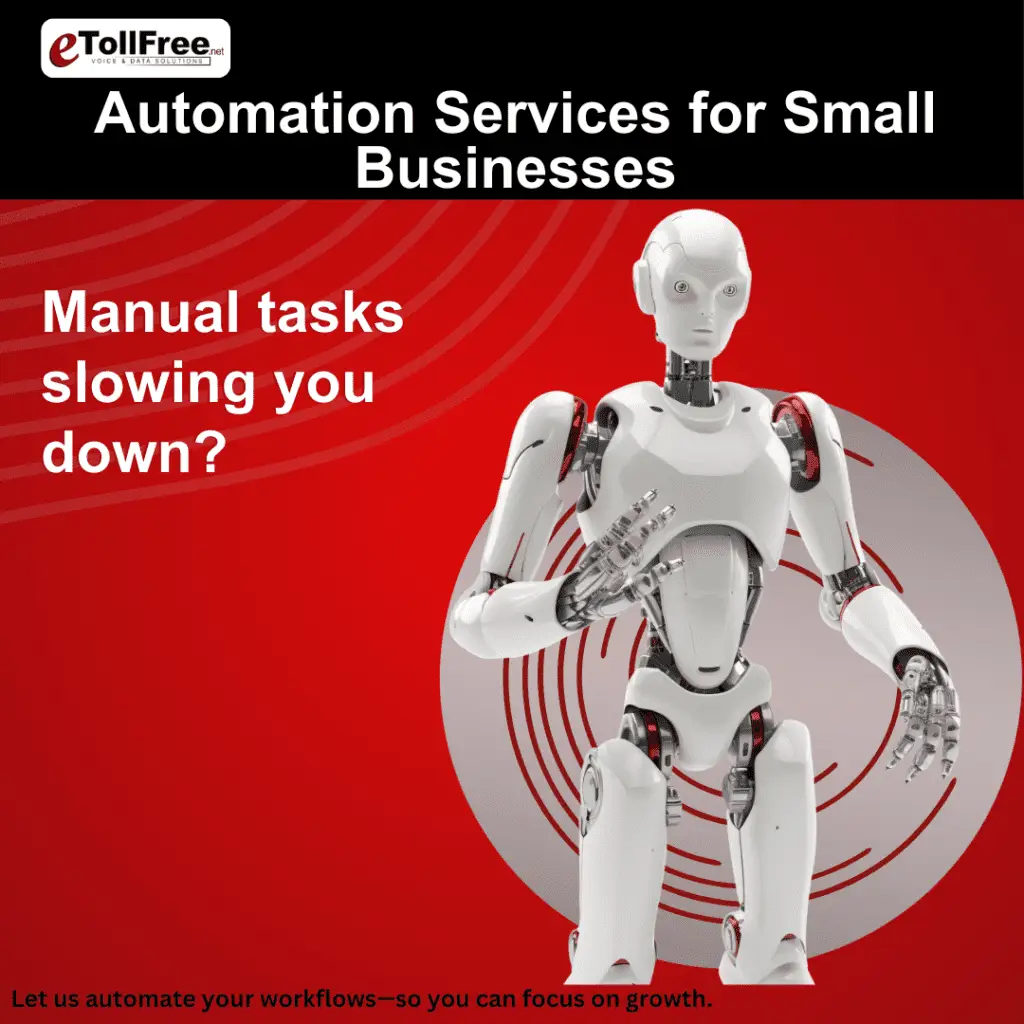How Square is Using Technology to Understand Economic Trends and AI
Picture this: It’s 2024, and technology is woven into the fabric of our daily lives, revolutionizing how businesses operate and interact with customers. Jake and his best friend Maya experienced this firsthand in a mall packed with innovative tech solutions that catered to their needs, even simplifying the process of ordering a burger. In this fast-paced world, companies like Square are leading the charge by using technology to understand economic trends and harness AI to tackle problems such as rising costs and shifting consumer behaviors. Let’s dive into how different sectors are leveraging this tech revolution.
Big Changes in Business
The landscape of business has dramatically shifted, with shops, restaurants, and beauty salons adapting to a world of economic challenges and technological advancements. Take, for example, the burger place Jake was hesitant about. With just a tap on an app, he avoided the line and got his meal faster. This simple act is emblematic of how businesses are embracing technology to overcome economic issues like inflation and changing spending habits.
Shops aren’t just selling products anymore; they’re creating experiences. Restaurants are enhancing their services with clever tech applications that streamline ordering and improve customer satisfaction, while beauty salons use AI to refine their offerings and predict customer preferences.
Why AI and Automation Matter
As Maya demonstrated with her beauty app, AI and automation have become indispensable tools for businesses. These technologies fill the gaps when there’s a shortage of workers and help companies cut costs. Many restaurants, for instance, use AI-powered apps to handle orders, reducing the need for extra staff and speeding up service.
Automation not only helps keep operations smooth but also elevates customer experience. By personalizing interactions, businesses can ensure customer loyalty and enhance satisfaction. For those running small enterprises, incorporating AI can be a game-changer, allowing them to compete effectively in a crowded market.
Different Ways Businesses Adapt
From basketball courts in sneaker stores to personalized AI-driven skincare advice, companies are exploring creative ways to engage customers. This adaptability is crucial—it’s about thinking outside the box and providing value beyond traditional transactions.
Take beauty salons that utilize AI to manage inventory and personalize customer suggestions. By predicting trends and demands, they can offer more targeted services and enhance customer satisfaction. Retailers, too, are transforming stores into immersive environments, where experiences, like Maya and Jake’s basketball challenge, add a layer of fun and engagement to shopping.
Cool Tech Examples
Gordon’s Wine Bar offers a brilliant case of technology application to improve efficiency. By integrating tech, this bar enhances the customer experience while also trimming operational costs. This symbiotic relationship between tech and business operations allows for smoother service delivery and increased profitability.
What’s Next for Tech in Business?
The future is bright for businesses ready to embrace innovation. With technology continuously evolving, enterprises must stay proactive—whether through AI, automation, or other cutting-edge solutions—to keep customers intrigued and satisfied. Businesses need to innovate continuously and adapt to new trends, thus ensuring continual growth and customer retention.
Flexible Payment Options
Flexible payment solutions are becoming crucial as consumer preferences shift. As Jake and Maya discovered, options like “Buy Now, Pay Later” resonate well with customers seeking affordability and convenience without upfront financial burden. Offering such choices can make a significant difference in attracting and retaining customers, particularly in a competitive retail space.
Technology, particularly as driven by AI and automation, is essential for businesses looking to navigate modern economic challenges and enhance customer experience. As Jake pondered over his burger and Maya navigated a busy sneaker store, it was clear that technology wasn’t just a glimpse into the future—it was their present reality shaping everyday experiences.
So, whether you’re a budding entrepreneur or managing a small but growing business, embracing technology similar to how Square is doing could be the key to success, helping solve challenges and connecting better with customers in our digital age.











